Do you want to celebrate New Year in the Japanese way? Here are 9 traditions that Japanese people practice during Oshōgatsu or New Year.
Each one of us have their own traiditons to celebrate New Year. I tend to think of my goals for the next year, and that's is something the Japanese do, among other things related to good fortune.
At some point of this article, we'll see how to learn more about Japanese culture in a fun way.
Let's go!
Happy New Year in Japanese: A Guide for Tradition and Hope
Japanese Culture Day: A Celebration of Tradition and Heritage
Christmas In Japan: How To Say Merry Christmas In Japanese?

What are the 9 Japanese New Year traditions?
1.Decorate your house with kagami mochi.
Kagami mochi 鏡餅 is a New Year decortation made of two stacked mochi cakes (a rice cake made of mochigome もち米, a rice paste, and filled with anko あんこ or red bean paste) and a bitter orange or tangerine on top.
This nice and cute decoration is placed anywhere in the house. However, it's mostly placed in the familiar altar room.
It's believed that kagami mochi brings good fortune and simbolizes the coming and going of the years, so it's good to place it where it can allow good fortune to come in.
What's more, it's a decoration that can be eaten, and you should do it because inside the mochis it's believed that a god or spirit (kami 神) resides. For that reason, it's good for both your home and you!
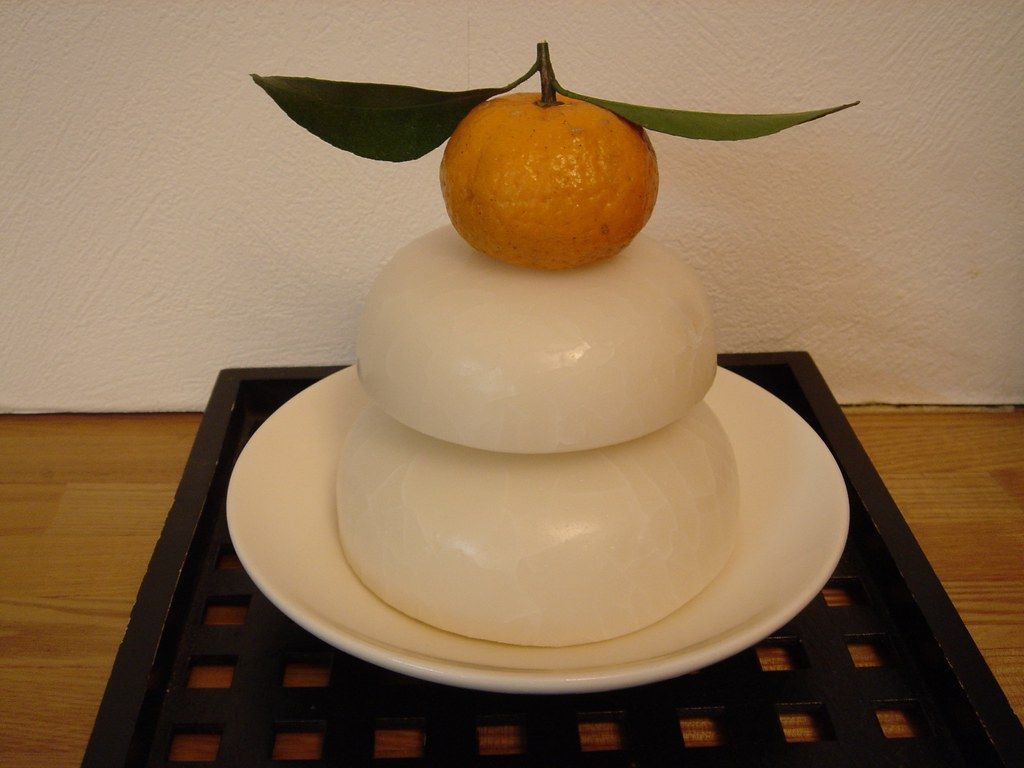
2.Clean your house deeply.
Another Japanese tradition during Oshōgatsu is ōsōji 大掃除 or the Big Cleaning.
Japanese families use to clean their houses deeply during this time of the year to throw everything that's not needed anymore, and welcome new things. As a result, your home ends cleaned, ready to receive new and wonderful things during the New Year.

3.Eat osechi ryōri.
Osechi ryōri お節料理 is New Year's most traditional Japanese food that's eaten to welcome the New Year's gods, the toshigami 年神. It consists of various dishes, each simbolizing a different kind of good fortune.
This osechi food is served in big rectangular lacquer boxes called jūbako 重箱. Jūbako boxes are black on the outside and red on the inside, and these two colors represent the wish for repeated luck. They are also tiered, and each tier comes with a different kind of food. For the 5-tiered jūbako, the top tier comes with appetizers to accompany drinks, the second one includes grilled and vinegar-dressed food, the third one more grilled food, and the fourth one steamed dishes. The fifth tier is often left empty to allow fortune to come in. What's more, the number of tiers varies from region to region.
You can eat various types of food: bitter orange (daidai 橙/代々), grilled fish cake (kamaboko 蒲鉾), black soybeans (kuromame 黒豆), mochi soup (zoni 雑煮), shrimps (ebi 海老), etc. Each of these dishes simbolizes a wish for the New Year. For instance, the shrimps simbolizes the wish for a longlife, and the black soybeans represent health.
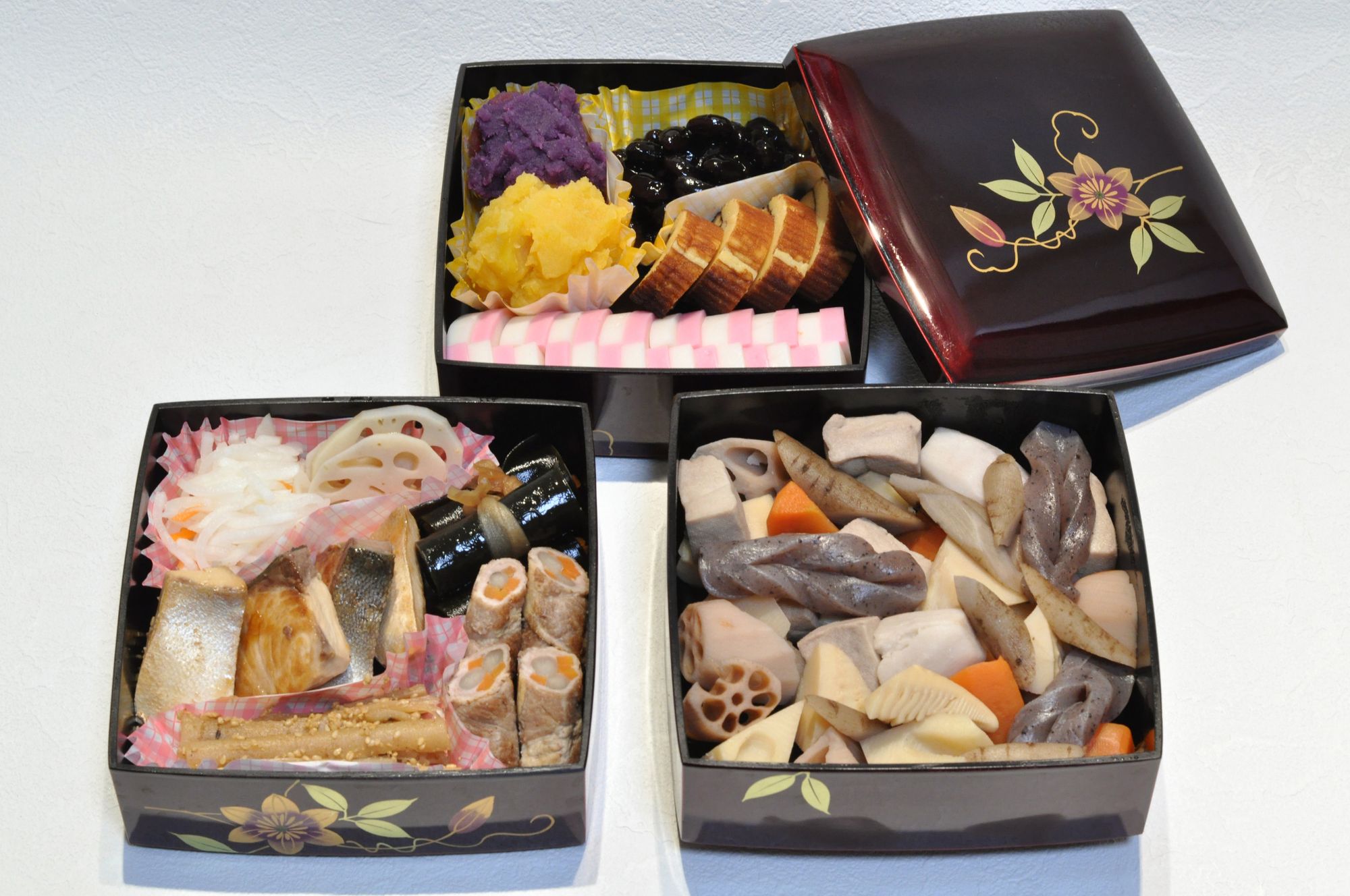
4.Go to the temple to pray and know your fortune.
Japanese people have the tradition of going to temples or shrines during Oshogatsu, from January 1st to January 3rd. This is called hatsumōde 初詣, meaning "the first shrine visit in the year".
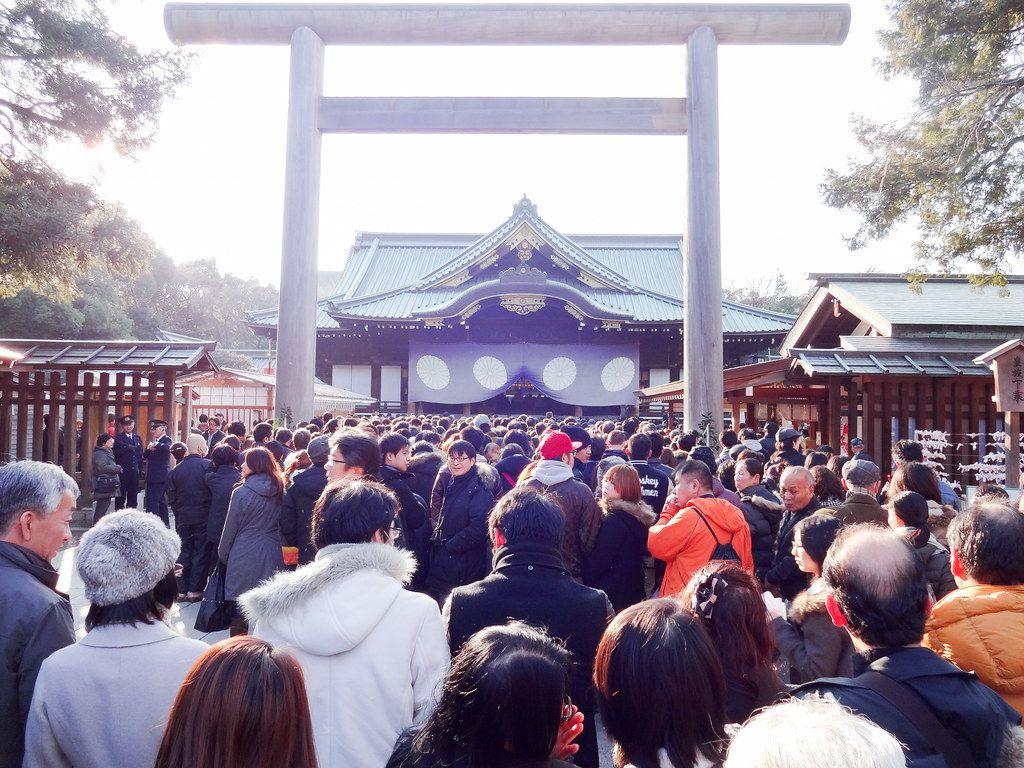
During their visit, large numbers of people pray for the New Year that's starting, and know their fortune with omikuji おみくじ, random fortunes written on strips of paper. People make a small offering and choose one of these strips from a box at random, hoping for a good fortune.
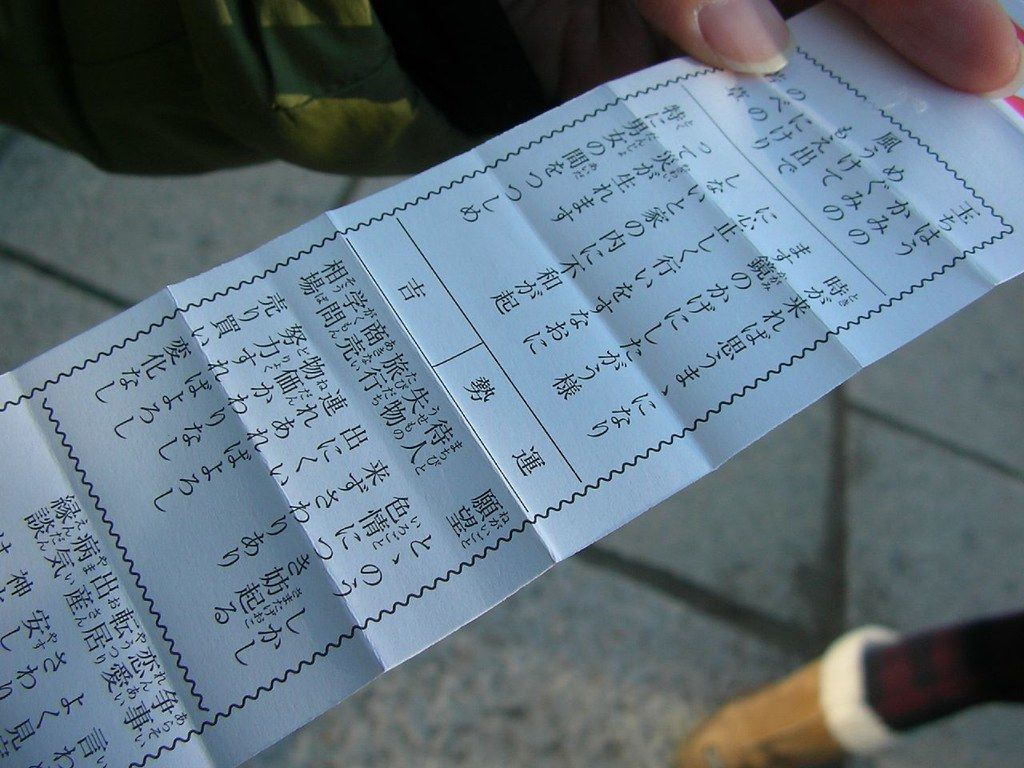
Results can be as follows (the results may vary from shrine to shrine): daikichi 大吉 ("very good fortune"), kichi 吉 ("good fortune"), chukichi 中吉 ("medium fortune"), shōkichi 小吉 ("small fortune") and kyō 凶 ("bad fortune"). If a good result is obtained, a person's hopes will come true (health, love, goals, etc.), but if it's bad, the person must fold up the strip of paper an attach it to a pine tree or a wall of metal wires.
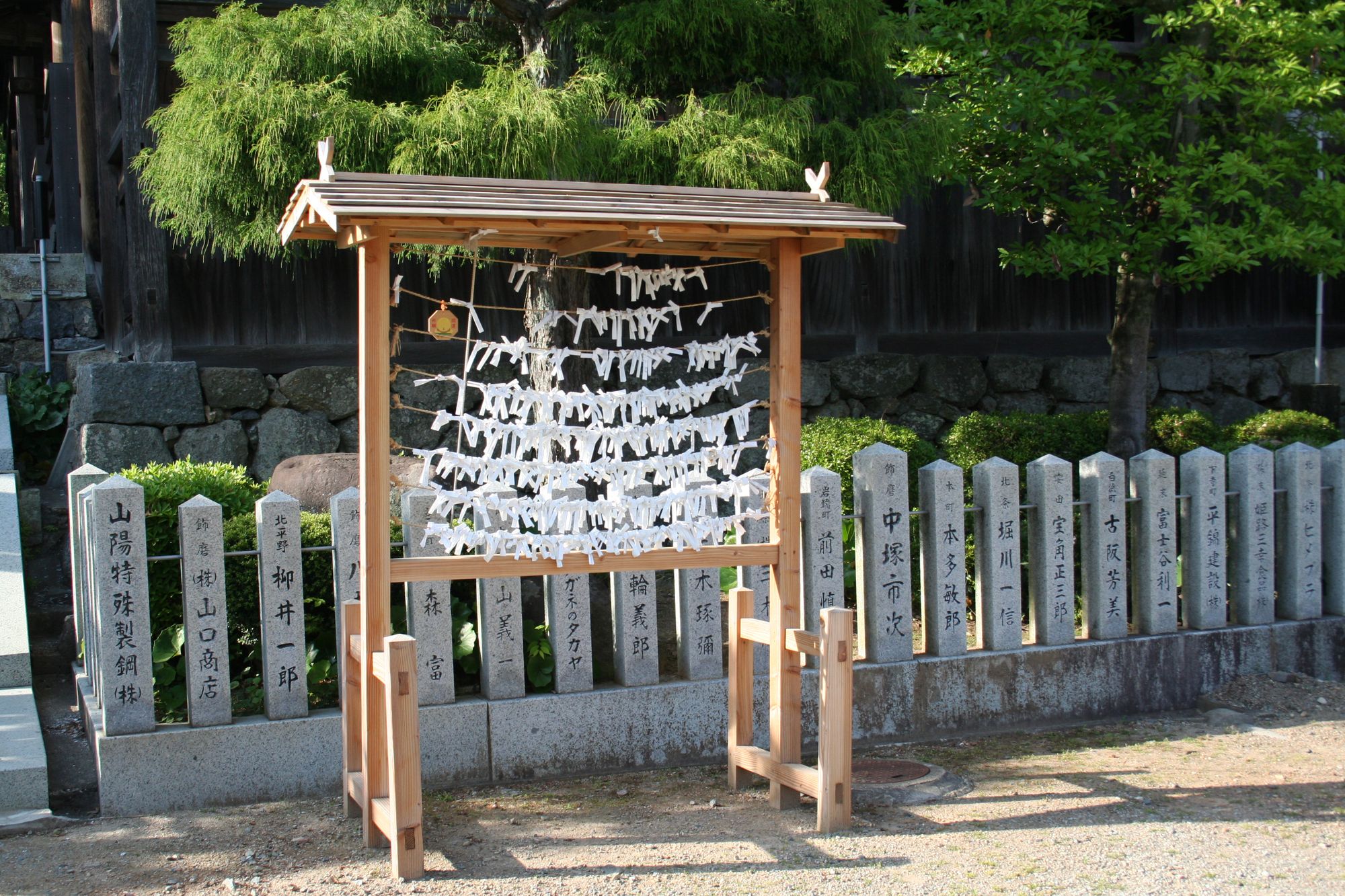
Another custom during hatsumōde is writing your prayers on a wooden tablet called ema 絵馬. After writing, the ema is tied to a scaffold.
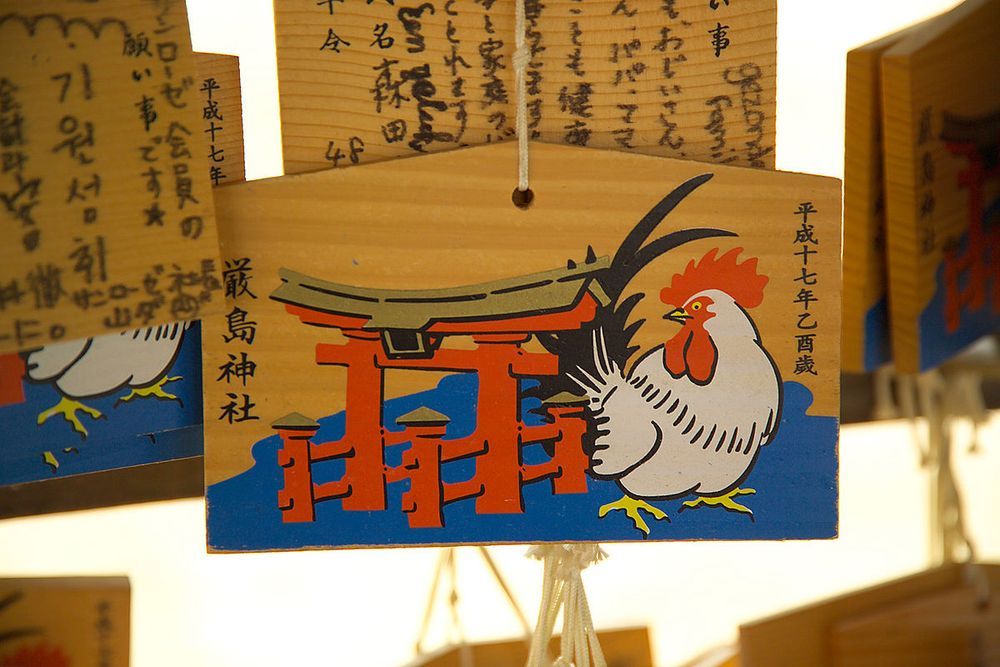
5.Have your first dream of the year and interpret it.
The dream you have during January 1st and January 2nd while you're sleeping is called hatsuyume 初夢 ("first dream"), and it's another way to predict good luck for the New Year.
If you dream about Mount Fuji, a hawk or an eggplant, then you'll have good fortune! It's believed that these symbols represent good luck because Mount Fuji is the tallest mountain in Japan, hawks are clever and strong and the Japanese word for eggplant, nasu ナス, is the same for "achieving something great", although it's written differently: 成す.
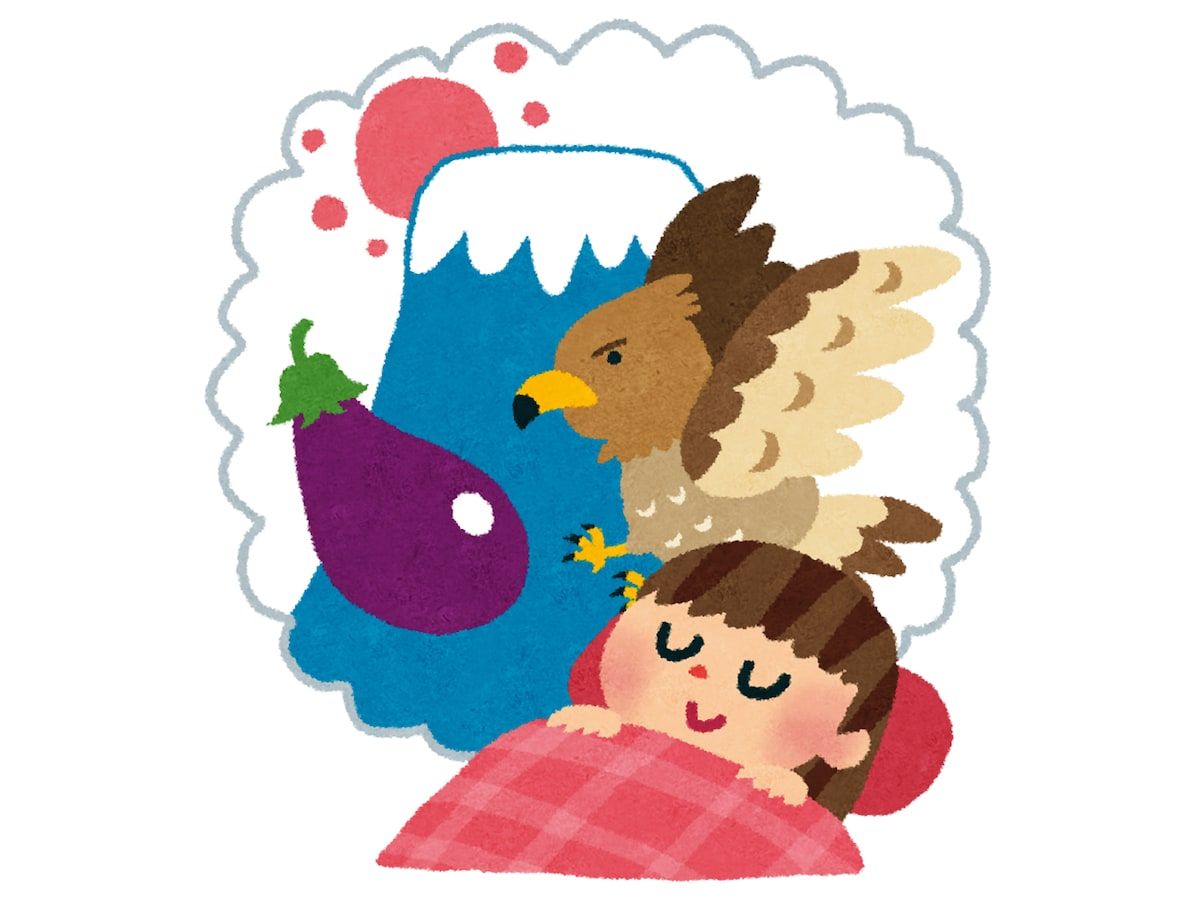
6.Buy a lucky bag.
During this holiday, stores have the custom to sell unsold products that are put in bags called fukubukuro 福袋 ("fortune bag").
The content of these bags are random and mysterious for the clients, from clothes to gadgets, and they're very cheap, like 50% off.
However, not all bags contains good things. Sometimes, you may get worthless items and waste your money. These bags are called fukōbukuro 不幸袋 ("misfortune bag") or utsubukuro 鬱袋 ("depressing bag"). So, be careful!
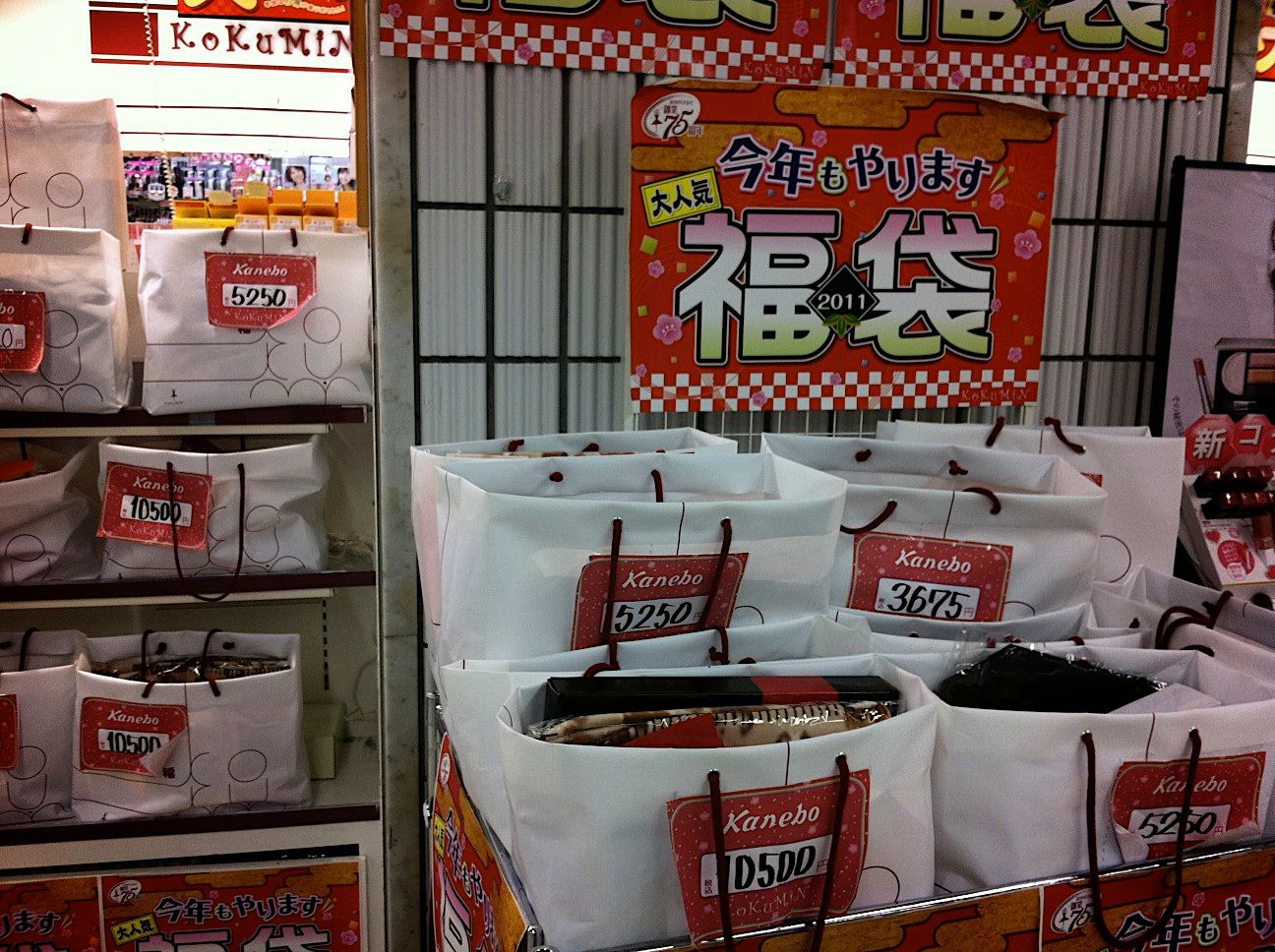
7.Send New Year greeting cards.
It's a custom for the Japanese to send greeting cards to their family and friends. These cards are called nengajō 年賀状, "New Year greeting card".
These greeting cards have the phrase akemashite omedetō 開けましておめでとう ("Happy New Year") or kinga shinnen 謹賀新年, which is "Happy New Year" but more polite.
Also, an animal from the Japanese zodiac is featured on the card. The animal that appears is the one that is chosen for the New Year that begins, following the zodiacal order.
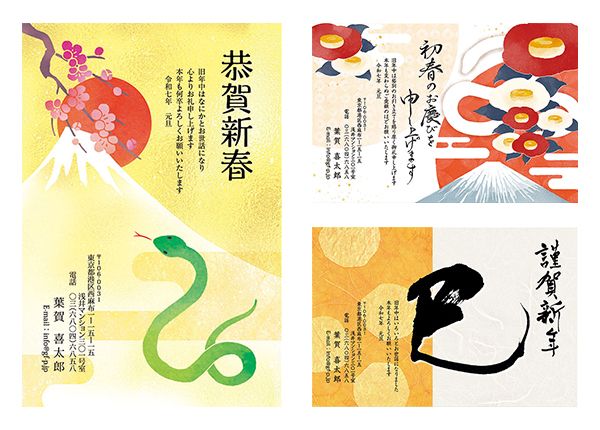
8.Try a daruma doll.
A daruma doll だるま is a Japanese traditional doll modeled after Bodhidharma, founder of the Zen tradition of Buddhism. They're commonly red and their design may vary from region to region.
These dolls represent perseverance and good luck. Therefore, people give them as a gift of encouragement. They're a reminder of the goals to achieve during the year. It's common for the Japanese to receive one daruma doll a year.
The person receives the doll with both eyes blank, and the custom is to think of a goal you want to achieve and then paint the left eye with Chinese or Japanese ink. If the goal is accomplished, the remaining eye is painted.
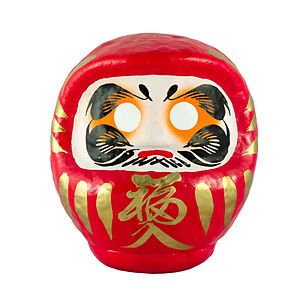
9.Give otoshidama to the kids.
Otoshidama お年玉 is a money gift that's given by adult relatives to kids in small and decorated envelopes called pochibukuro ポチ袋.
The amount of money given depends on the age of the kid, around 5,000 yen (less than $50) or even more. However, if there is more than one kid, the amount is the same for each one to avoid favoritism.
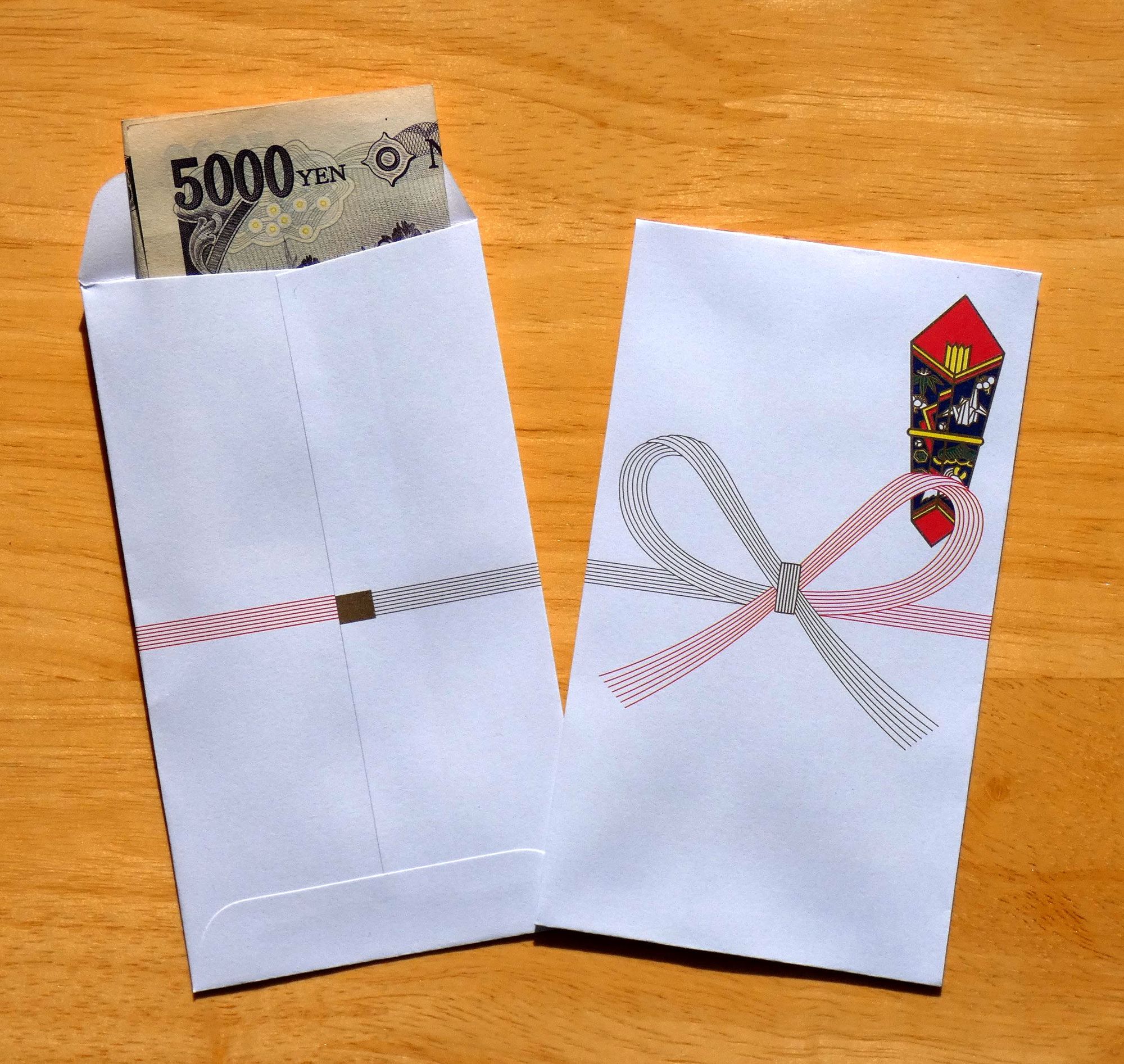
Learn Japanese culture and language with Lingopie.
As you see, there are lots of customs and symbolism related to New Year in Japan. It isn't just eating, drinking and resting, but also having a good time with your loved ones and regaining hopes for the New Year that's about to begin.
We talked a lot about goals in this article, and one goal you can set for 2025 is learning Japanese with Lingopie. Lingopie offers a wide range of great and real Japanese TV shows, like anime, movies and music videos, including J-Pop, J-Rock and Enka. You can learn lots of expressions and cultural background from your favorite shows and songs, and review them through quizzes and flashcards!
In addition, if you want to learn more about the phrases or situations shown in the shows and songs you love, you can also book group or 1-on-1 lessons given by professional teachers! Every lesson is based on scenes you watched in your favorite shows!
My final advice is for you to sign up for free and start 2025 learning Japanese!
Yoi otoshi o よいお年を and Akemashite omedetō 明けましておめでとう everybody! See you in 2025!


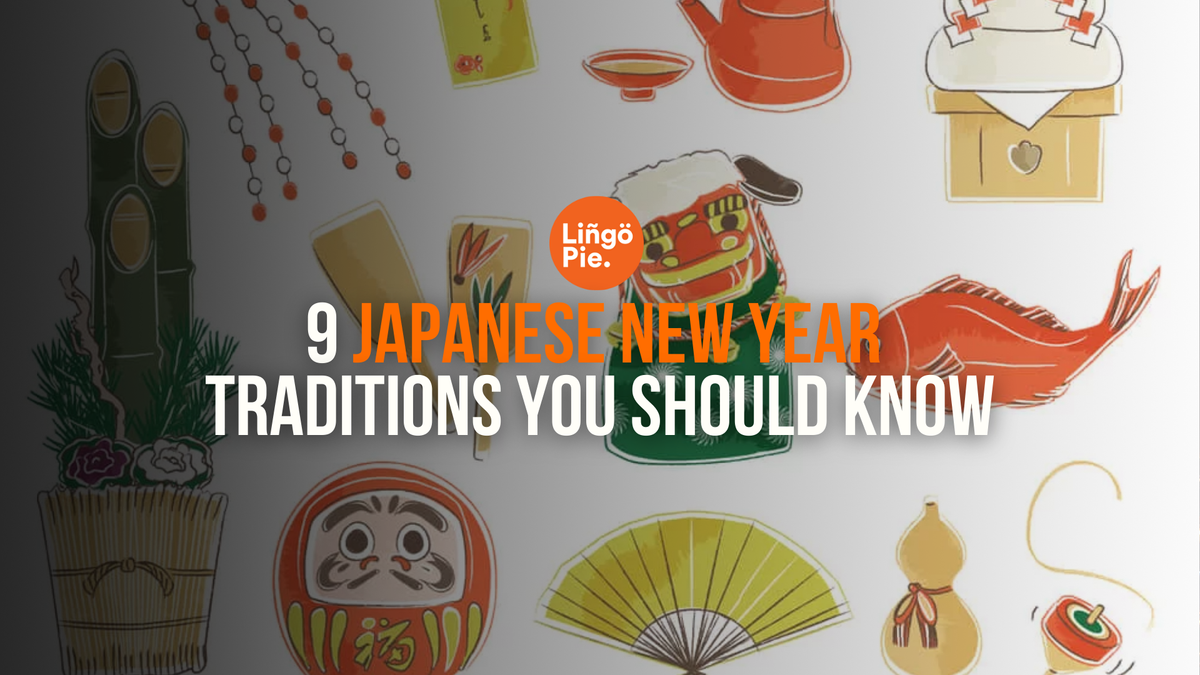


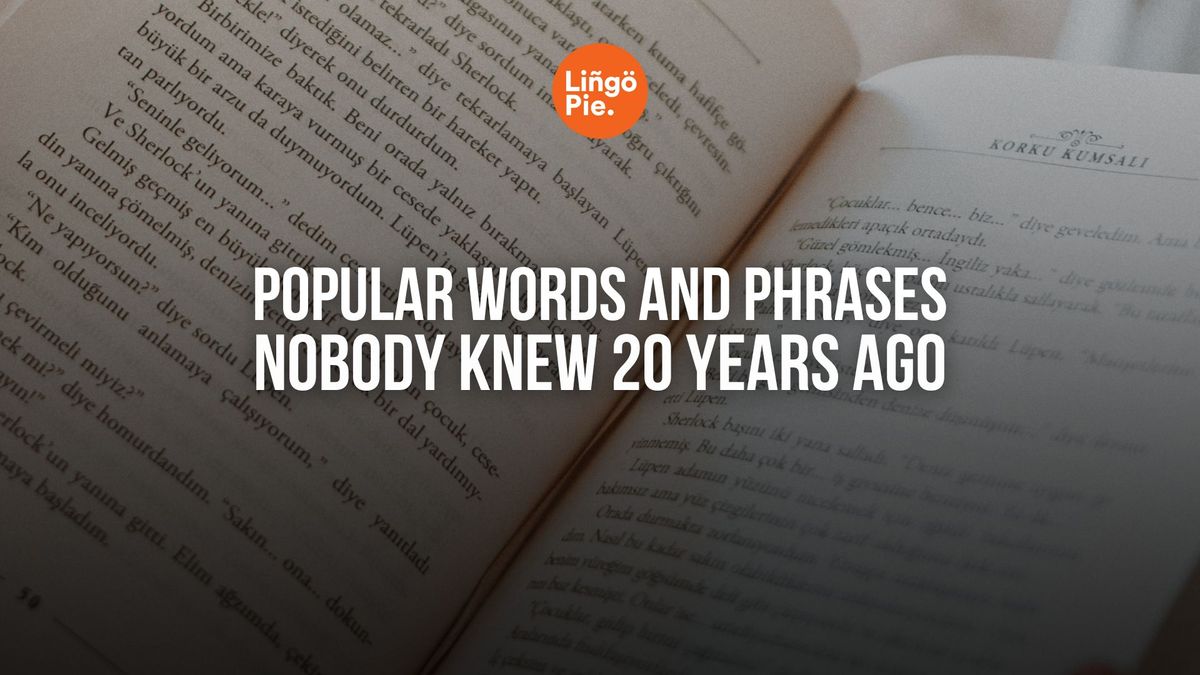



![Japanese Onomatopoeia: 70+ Words You’ll See In A Manga [Guide]](/blog/content/images/size/w300/2025/12/Japanese-Onomatopoeia.jpg)